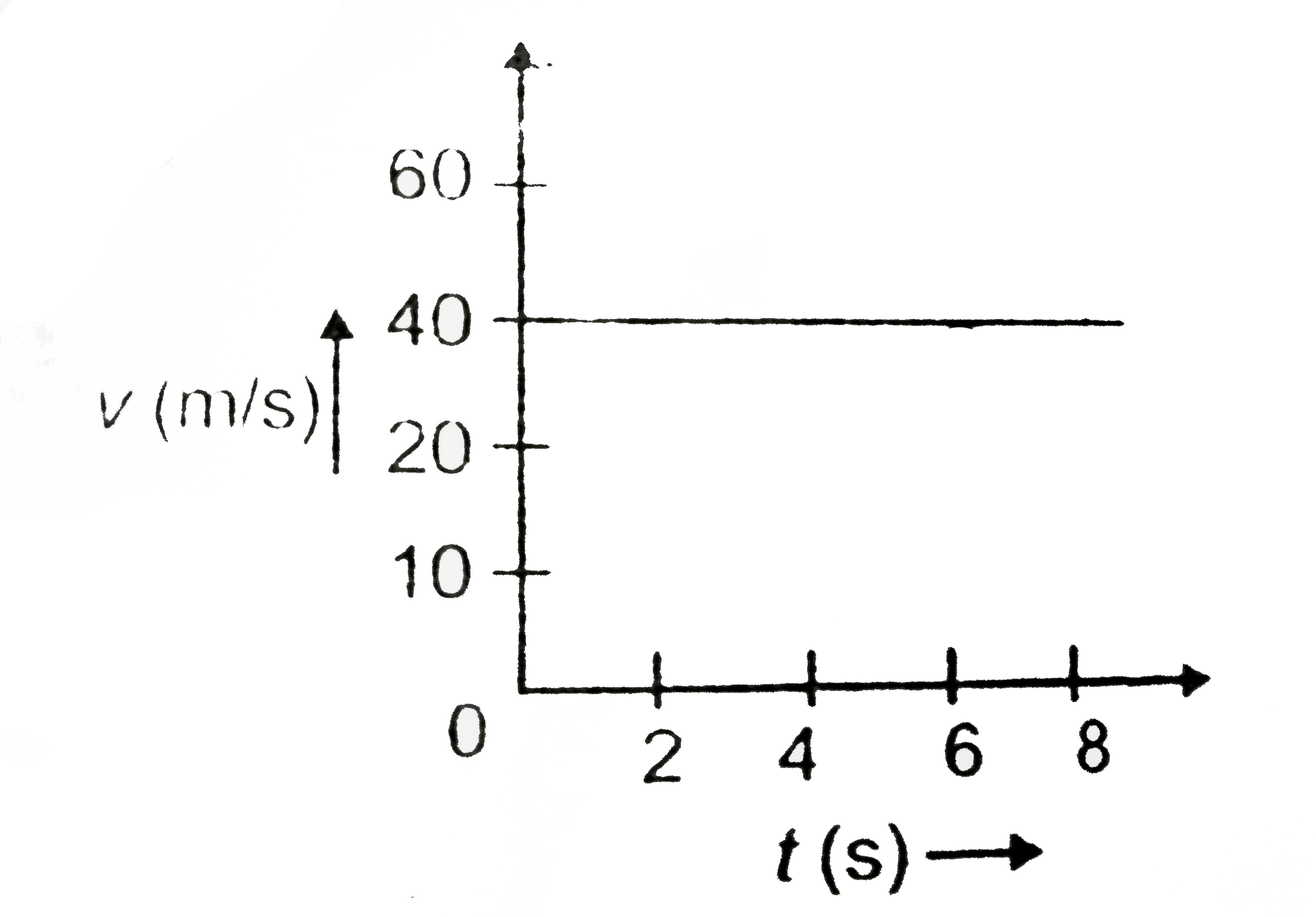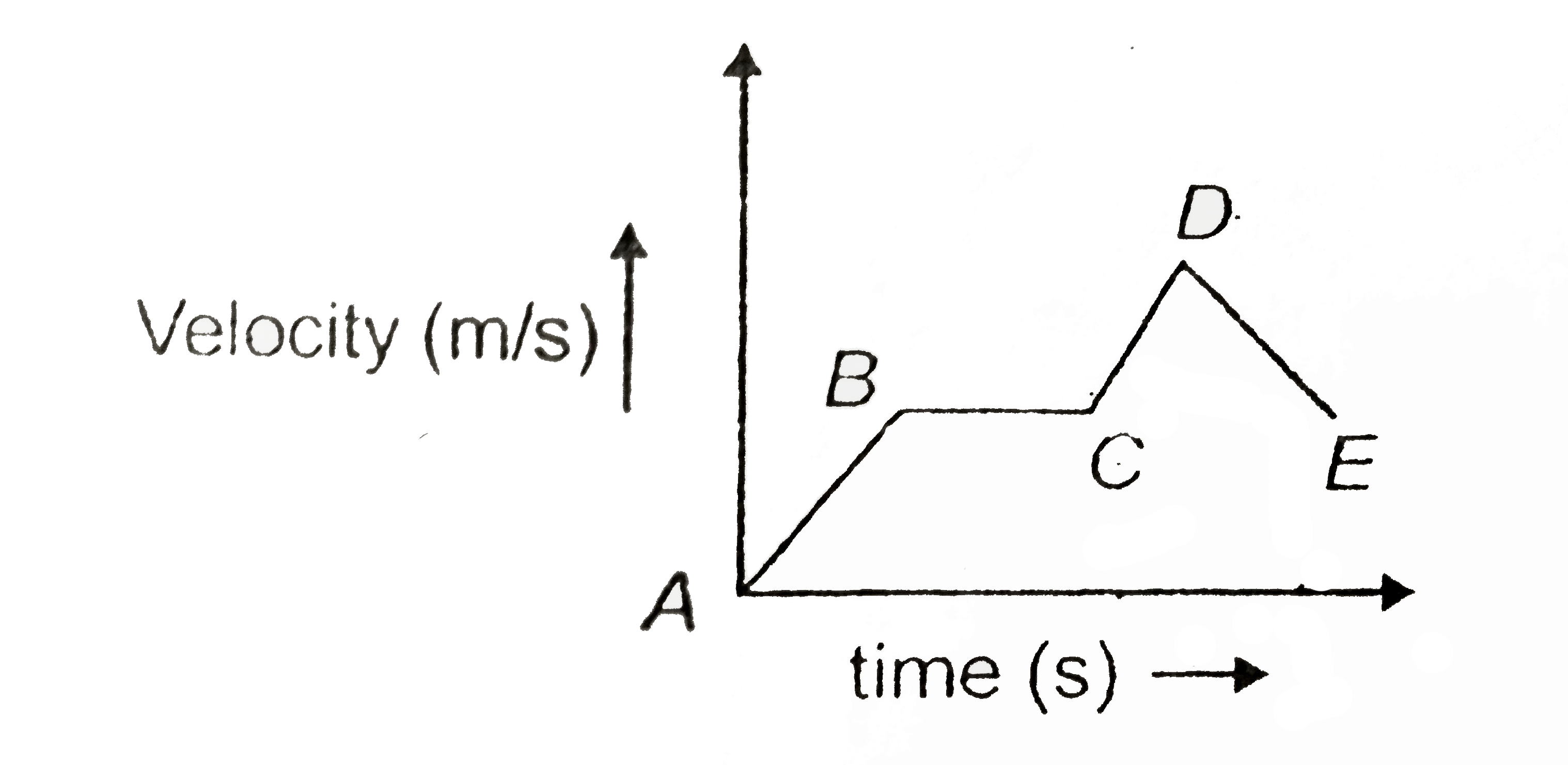If the velocity of an object is increasing and changing at a uniform rate then the acceleration of the object is
(i) Positive (ii) Zero
(iii) Negative (iv) Not defined
The correct Answer is:Positive.
To solve the problem, we need to analyze the relationship between velocity, acceleration, and how they change over time.
1. Understanding the Problem:
- We are given that the velocity of an object is increasing and changing at a uniform rate.
2. Defining Acceleration:
- Acceleration is defined as the rate of change of velocity with respect to time. Mathematically, it is expressed as:
a=dvdt
where a is acceleration, dv is the change in velocity, and dt is the change in time.
3. Analyzing the Given Information:
- Since the velocity is increasing, we can say that dv>0 (the change in velocity is positive).
- The phrase "changing at a uniform rate" implies that this change in velocity is consistent over time, meaning that dvdt is constant.
4. Determining the Sign of Acceleration:
- If dvdt is constant and positive, then acceleration a must also be positive:
a=dvdt>0
5. Conclusion:
- Since the acceleration is positive, we can conclude that the correct answer to the question is:
(i) Positive
Final Answer:
The acceleration of the object is Positive.
---
- We are given that the velocity of an object is increasing and changing at a uniform rate.
- Acceleration is defined as the rate of change of velocity with respect to time. Mathematically, it is expressed as:
a=dvdt
where a is acceleration, dv is the change in velocity, and dt is the change in time.
- Since the velocity is increasing, we can say that dv>0 (the change in velocity is positive).
- The phrase "changing at a uniform rate" implies that this change in velocity is consistent over time, meaning that dvdt is constant.
- If dvdt is constant and positive, then acceleration a must also be positive:
a=dvdt>0
- Since the acceleration is positive, we can conclude that the correct answer to the question is:
(i) Positive
The acceleration of the object is Positive.
Topper's Solved these Questions
- MOTION IN STRAIGHT LINEBOOK - AAKASH INSTITUTE ENGLISHCHAPTER - MOTION IN STRAIGHT LINEEXERCISE - Assignment (SECTION - A)
50 Videos
- MOTION IN STRAIGHT LINEBOOK - AAKASH INSTITUTE ENGLISHCHAPTER - MOTION IN STRAIGHT LINEEXERCISE - Assignment (SECTION - B)
19 Videos
- MOTION IN STRAIGHT LINEBOOK - AAKASH INSTITUTE ENGLISHCHAPTER - MOTION IN STRAIGHT LINEEXERCISE - Assignment (SECTION - J)
2 Videos
- MOTION IN A STRAIGHT LINEBOOK - AAKASH INSTITUTE ENGLISHCHAPTER - MOTION IN A STRAIGHT LINEEXERCISE - ASSIGNMENT (SECTION - D)
15 Videos
- MOVING CHARGE AND MAGNESIUMBOOK - AAKASH INSTITUTE ENGLISHCHAPTER - MOVING CHARGE AND MAGNESIUMEXERCISE - SECTION D
16 Videos
Similar Questions
Can the velocity of an object be in a direction other than the direction of acceleration of the object ? Explain.
View SolutionThe velocity-time graph of an object is given below. Calculate the average acceleration of the object in the time interval of 4 s to 6 s.

View SolutionDraw the velocity-time graph of an object whose speed is increasing at uniform rate but moving with negative acceleration.
View SolutionDraw the velocity-time graph of an object moving with uniform negative acceleration.
View SolutionThe velocity-time graph of an object is shown below. The acceleration of the object is

View SolutionThe velocity of an object changes from 50 m/s to 60 m/s in 20 seconds. What is the average acceleration of the object over that interval?
View SolutionThe velocity-time graph of an object is shown below. The part of the graph showing zero acceleration is

View SolutionIf the average velocity of an object is zero in some time interval , what can you say about the displacement of the object for that interval?
View SolutionThe velocity of an object increases at a constant rate from 20 m s−1 to 50 m s−1 in 10 s. Find the acceleration.
View SolutionThe acceleration of an object moving in a circle of radius R with uniform speed v is
View Solution
